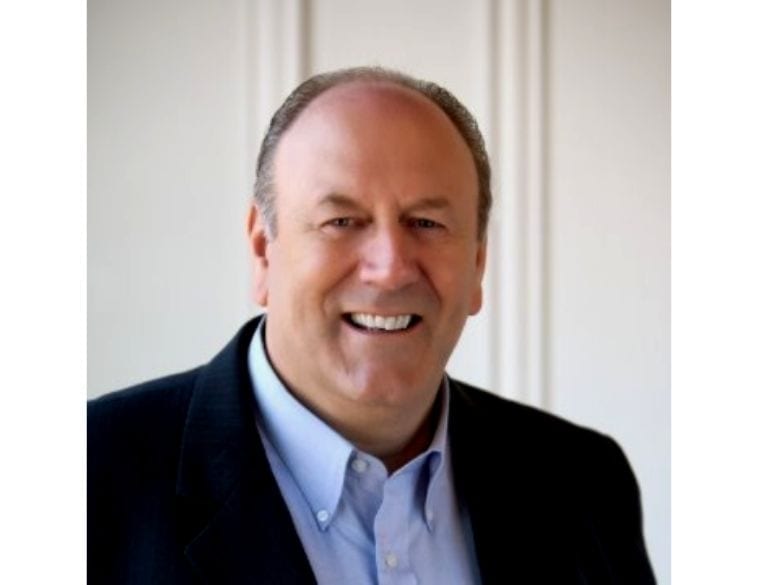Bill Haas, of Haas Performance Consulting delivered a very interesting workshop on sound management practices.
One of the key topics revolving around successful business practices, is leadership. And in 2020, there’s arguably never been a better opportunity to focus on what sound leadership actually is.
The COVID-19 pandemic has put leadership skills to the test, with the need to make fast and informed decisions to steer through a landscape of unprecedented disruption.
As a result, Bill Haas’ workshop on Strategies for Effective Leadership, which formed part of AAPEX 2020, could not have been better timed.
Haas, who owns and operates Haas Performance Consulting, is not only a seasoned business coach but also has more than 40 years of experience working in the automotive service industry—providing a unique perspective in helping shop owners and managers improve the overall performance of their organization.
An effective model
And a key strategy in helping them get there is creating an effective model for leadership within that organization.
Starting out, Haas said that a leader’s role is to provide direction and guidance—to be able to provide answers to questions and provide reassurance and safety for employees that work within the business.
In the automotive service repair sector, for owners and managers, focusing on a leadership role isn’t always as straightforward as it sounds. There are many cases where the owner of the business often ends up working in the business—answering emails and phone calls, working in the service bays, etc., rather than working on the business.
Haas said that not only that, but many business owners have never take the time to define what their role within the organization actually is because “they never wrote it down or created a job description.”
He also noted that we shouldn’t confuse the idea of a boss and a leader. “Just because you’re the boss, doesn’t automatically make you a leader,” said Haas.
He said that leaders do not necessarily have to have a formal title or authority, but they are the people to go to when problems or issues arise. Additionally, leaders are people that are not judged by their intentions, but by their behaviour.
Haas talked about three fundamental principles that effective leaders must consider—and these are:
- Preparation
- Circumstance
- Execution
He referred to some examples in history, including former U.S. president Abraham Lincoln during the civil war (1861-65). Lincoln understood the circumstances facing the nation at the time, how to prepare and then execute based on those circumstances. Today, he is remembered as one of the greatest U.S. presidents in history.
“We have to think to ourselves—what is it that prepared us for our role as a leader—what are the circumstances we are dealing with and how are we going to execute?” said Haas.
Vision and inspiration
He also remarked that as a leader, no matter the size of the business, it is crucially important for your employees to buy into your vision and for you to inspire them.
Haas referred to a quote from Clarence Francis, CEO of General Foods during the 1930s and 1940s (another era of unprecedented disruption):
“You can buy a man’s time and buy his physical presence at a given place and you can even buy a measured number of his skilled muscular motions per hour—but you cannot buy enthusiasm, loyalty and you cannot buy the devotion of hearts minds and souls—those you must earn!!”
In today’s service repair environment, Haas said that this quote really resonates when it comes to technicians, since we buy their time (labour hours) and view productivity through skilled muscular motions (repair work) and even performance-based pay programs.
But buying somebody’s time is not the same as earning their loyalty, trust and nurturing their enthusiasm.
Haas noted that for most people, enthusiasm and loyalty are a direct result of a sense of purpose and it is part of the leader’s role to create that sense of purpose for each individual within the organization.
He said that the biggest reason why people quit organizations is not the work they actually do but the people they work for. “When leaders fail, people quit,” he said. Yet it’s important to note that quitting doesn’t mean actually physically leaving the job, instead it can often mean that they quit caring about their work and believing in their purpose. As a result, they are no longer able to perform the tasks expected of them, leaving them either to leave the organization of their own accord or be dismissed by management. Either way, the results of that can be disastrous for the business, costing it time and profit due to lost revenue and opportunities.
Haas remarked that from a leader’s perspective, one of the most important things to understand is that people want to feel valued and even on their worst days, when things aren’t going right, thanking them for their efforts and telling them that tomorrow will be a better day is hugely inspiring and motivational.
He noted that poor leaders have some defining traits, which cause employees to quit:
- Devaluing
- Untrustworthy
- Incompetence
- Insecurity
These aspects of a leader’s personality or strategy can have long-lasting and very damaging effects both on a business and personal level, as it often leads to things such as high employee turnover and a lack of productivity due to an inability to offer praise and constructive feedback; to deliver on what you promise and to provide an effective method for delegating tasks to others.
Feedback matters
Haas said that a critical aspect that often gets overlooked, especially in smaller organizations like many independent service repair shops, is feedback. By encouraging feedback from both the leader and employees, it provides the ability to make changes where they are needed and to grow and improve as an organization.
He said the most effective leaders are those that have a transactional approach to leadership, i.e., they are willing to take risks but more importantly, are able to inspire and share a vision— creating a mindset for positive change where people collectively want to work towards achieving that vision.
Doing that requires empowering people to take on more responsibility, to ensure open and transparent communication and to value the contribution that each individual makes to the business. Haas said that effective leaders continually focus on collaboration to move forward and solve problems, to highlight the strengths that each individual brings to the table, to celebrate achievement and identify the potential of each employee, even if they can’t always see it themselves.



